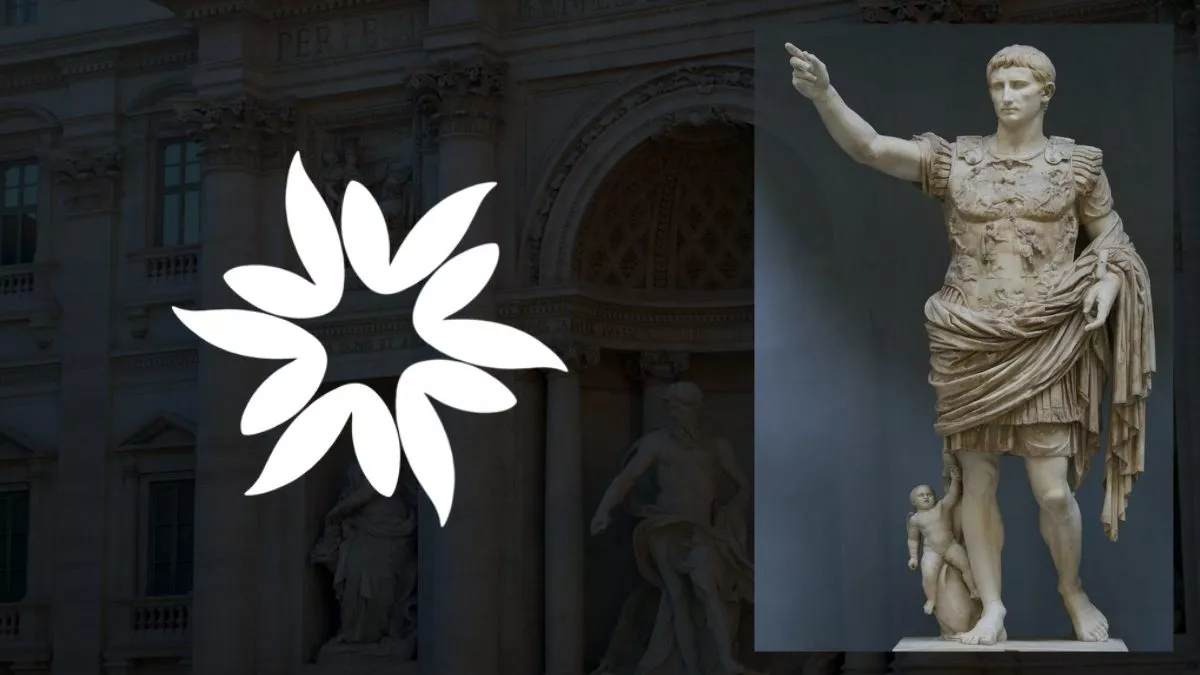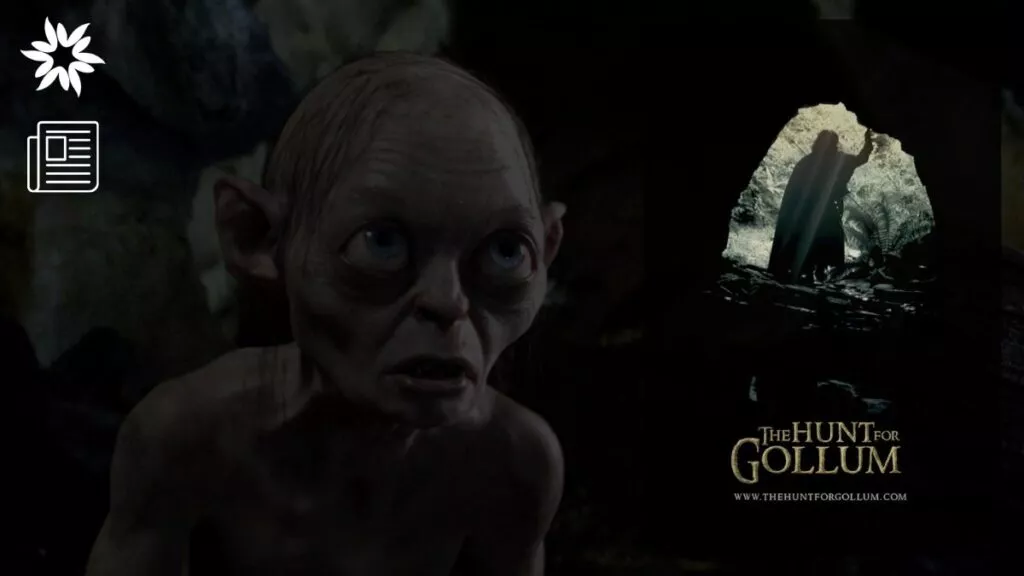When you think of the Roman Empire, its legacy in sculpture is impossible to ignore.
Let’s face it: Roman sculptures, from realistic portrayals of citizens to grand monuments celebrating military victories, have left a lasting mark on art history.
These famous Roman statues glorified the empire and served as powerful propaganda tools.
Unlike Greek sculptures, which often aimed for idealized forms, ancient Roman sculptures embraced a more realistic approach, especially in portraiture.
However, the Romans didn’t shy away from borrowing artistic ideas from the Greeks, resulting in a blend of styles that still captivates us today.
So, it only makes sense to dive into the seven Roman statues you need to know.
1. Augustus from Prima Porta
Let’s start with one of the most iconic figures of the Roman Empire: Augustus.
The Augustus from Prima Porta is a stunning full-body statue that exemplifies how art was used to promote the emperor’s power and divine lineage.
Found in the ruins of his wife Livia’s villa, this statue shows Augustus in a pose reminiscent of a Greek god, with a highly idealized physique that speaks more to the emperor’s image than reality.
Augustus’s intricately detailed breastplate celebrates a diplomatic victory, while the tiny figure of Cupid at his feet reminds us of his supposed divine ancestry.
Undoubtedly, this Roman statue perfectly captures the realism and myth that characterized much of Roman sculpture.
2. The Orator
One of the most fascinating pieces is The Orator, a life-size bronze statue from the early 1st century B.C.E. You could even say this statue is like a historical document.
The figure, Aule Metele, raises his arm as if addressing a crowd dressed in typical Roman magistrate attire.
What’s interesting here is the merging of Etruscan and Roman identities, with Metele’s Etruscan name inscribed on the statue, yet his Roman garb showing the complete cultural absorption by the Romans.
In essence, this statue is a powerful symbol of how the Romans integrated and dominated other cultures.
3. The Four Tetrarchs
While not as famous as some other works, The Four Tetrarchs is a must-see for its symbolic representation of the Roman leadership structure.
Notably, this ancient Roman sculpture, carved from a rare Egyptian stone called porphyry, depicts four emperors embracing each other.
With nearly identical figures, it emphasizes the collective power of the Tetrarchy rather than individual personalities.
Such a shift in style reflects the changing dynamics of the Roman Empire, where unity and stability were more crucial than ever.
Though initially located in Constantinople, the statue now sits in Venice, showing just how far Rome’s influence spread.
4. Equestrian Statue of Marcus Aurelius
The Equestrian Statue of Marcus Aurelius is a remarkable bronze piece that has stood the test of time, literally and artistically.
Erected around 176 C.E., this statue captures the Roman emperor in a moment of action, riding his horse with an outstretched arm.
What makes this statue so special is its sense of movement and the detailed musculature of the horse and the rider. It’s also a rare survivor, mistakenly identified as a statue of Constantine and thus spared destruction during the Middle Ages.
Today, this statue stands as a symbol of Rome’s artistic and cultural achievements.
5. Fonseca Bust
The Fonseca Bust, dating to the 2nd century C.E., is a striking example of how Roman sculptures portrayed women.
Unlike the realistic depictions often reserved for men, this bust emphasizes the beauty and fashion of an elite Roman woman. Her elaborate hairstyle, with curls meticulously sculpted, speaks to the wealth and status she enjoyed.
This idealized portrayal contrasts with the more grounded, realistic sculptures of Roman men, highlighting the different societal expectations placed on women and men during the empire’s height.
6. Trajan’s Column
No list of famous Roman statues would be complete without mentioning Trajan’s Column.
This towering structure, over 100 feet tall, is a storytelling masterpiece. The spiral frieze that wraps around the column chronicles Emperor Trajan’s military campaigns in Dacia, offering insight into Roman military tactics and the emperor’s leadership.
The column in Rome’s Forum of Trajan also served as Trajan’s tomb, cementing his legacy in stone.
With over 2,000 figures carved in relief, this column showcases Roman sculptures’ incredible skill and artistry.
7. Head of a Roman Patrician
Finally, we turn to the Head of a Roman Patrician, a marble bust that stands out for its intense realism.
This 1st century B.C.E. sculpture shows the lined face of an older Roman man, with every wrinkle and crease reflecting a life dedicated to public service.
Unlike the idealized forms of Greek art, this Roman sculpture embraces verism, showing subjects with raw, unfiltered realism.
The patrician’s aged features were meant to convey wisdom, experience, and the virtues of the Roman Republic, where public service was highly valued.
The Lasting Legacy of Roman Sculptures
The artistry and craftsmanship of Roman sculptures continue to inspire and educate us today.
These iconic Roman statues are stories carved in stone, reflecting the values, power, and creativity of the Roman Empire.
Whether through the idealized image of Augustus or the intricate realism of a patrician’s face, these sculptures connect to one of history’s greatest civilizations.
As we admire these works, it’s clear how ancient Roman sculptures have shaped art history and still resonate with us today.
P.S. If you enjoyed this article, we think you’d love the mystery of broken noses on ancient Egyptian statues.







